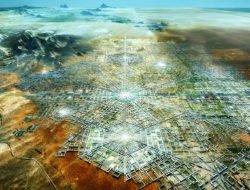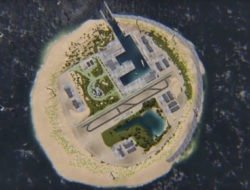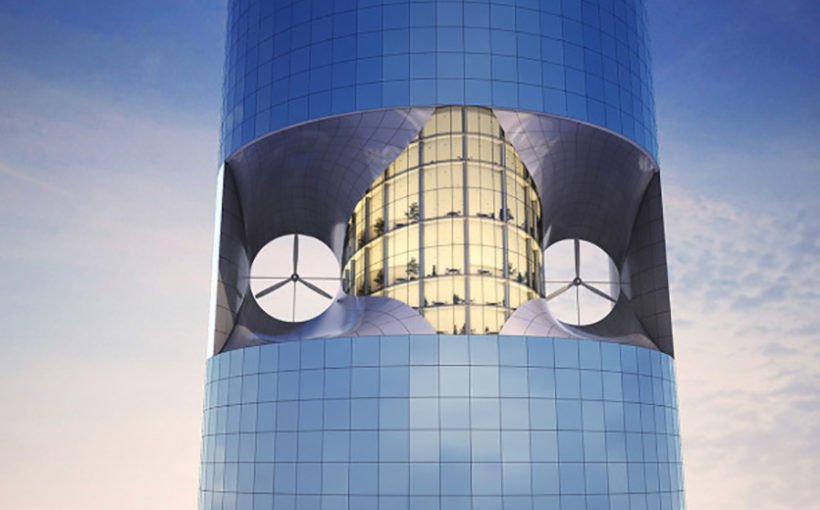For several years, Amaay!, a Brussels-based R&D company specializing in urban wind power, has sought out the windiest place in the capital: the Place du champ de Mars in Ixelles. Its goal was to build three 0.64 kW wind turbines at the foot of the Bastion tower.
Three 10-metre high masts, capable of supplying the lighting for the square, completely autonomously. With, in the middle of the device, a turbine acting as a connected research centre. “The data gathered would provide us with the expertise to integrate turbines into skyscrapers,” says Bob Starc, architect and director of Amaay! “This centre would also validate our estimates of the vibrations and noise emitted by a turbine in an urban environment.” Unique in its way, the project had received the green light from the regional authority. The construction site was due to start in 2016. However, the Bastion tower was sold and the company had to review its plans.
But without defeatism, Bob Starc already has another plan: to integrate a new generation of vertical axis wind turbines into the heart of buildings. “In 10 years,” he explains, “this technology will be as commonplace in the urban landscape as traffic lights. Wind turbines will even be integrated into the design of buildings, as photovoltaic panels are today.” Powered by a multitude of independent sources and managed by a smart grid, the city will be made up of energy-efficient buildings, for which wind energy could be one of the links.
Projects abroad
In reality, the idea is being taken very seriously by the Brussels-Capital Region. Since 2009, various initiatives of the Brussels Environment agency have been launched: the creation of a Brussels HUB, the role of urban wind power facilitator at the Amaay! bureau, the identification of potential sites for pilot projects … Some have already been studied in depth: the South Tower, the North Galaxy Tower, the Coca-Cola building and the Port of Brussels. With adapted technologies for each site. Since 2011, Brussels even has a complete map of winds blowing over its roofs. “One study shows that if they were deployed in the region, large wind turbines could provide 2.8 to 18 MW of electricity, while micro-turbines would provide 3 to 15 MW,” says Bob Starc. But to date, no urban wind strategy has been approved on a large scale by the Region.
In the meantime, some projects have already been proven abroad. The Bahrain WTC, located in Manama, consists of two twin towers 240 metres high. Connected by three bridges, they are equipped with wind turbines that cover 11 to 15% of the electricity consumption of the buildings. Closer to home, the Strata Tower SE1 – a London skyscraper with 408 apartments completed in late 2010 – produces 8% of the energy it needs thanks to integrated wind turbines on its roof. The three turbines that capped the building are equipped with five blades each, producing about 50 MWh per year. This innovative tower, which rises to a height of 148 metres could have become a British pride. But it is known as the “razor”, for its resemblance to a famous electric model, it was voted the ugliest building in Great Britain, winning the 2010 Carbuncle Cup, which can be translated as “the boil cup”.
© http://amaay.com
Tags: Amaay!, Bastion Tower, Bob Starc, Strata Tower, urban wind turbines




































